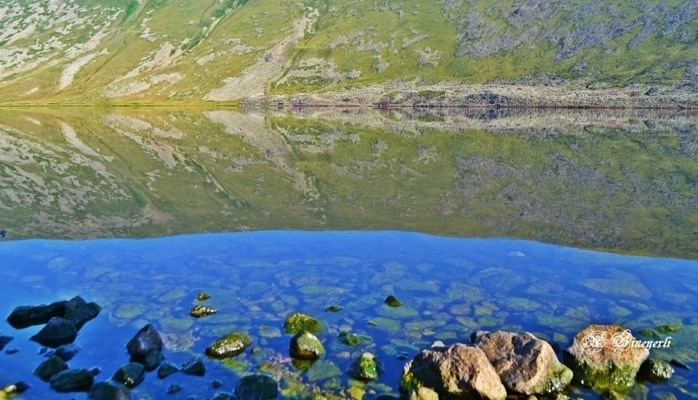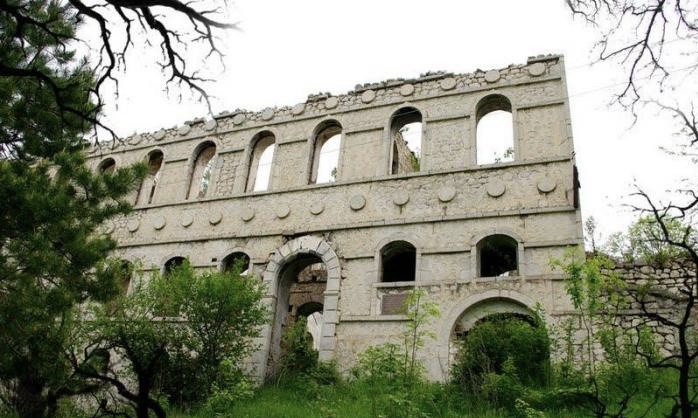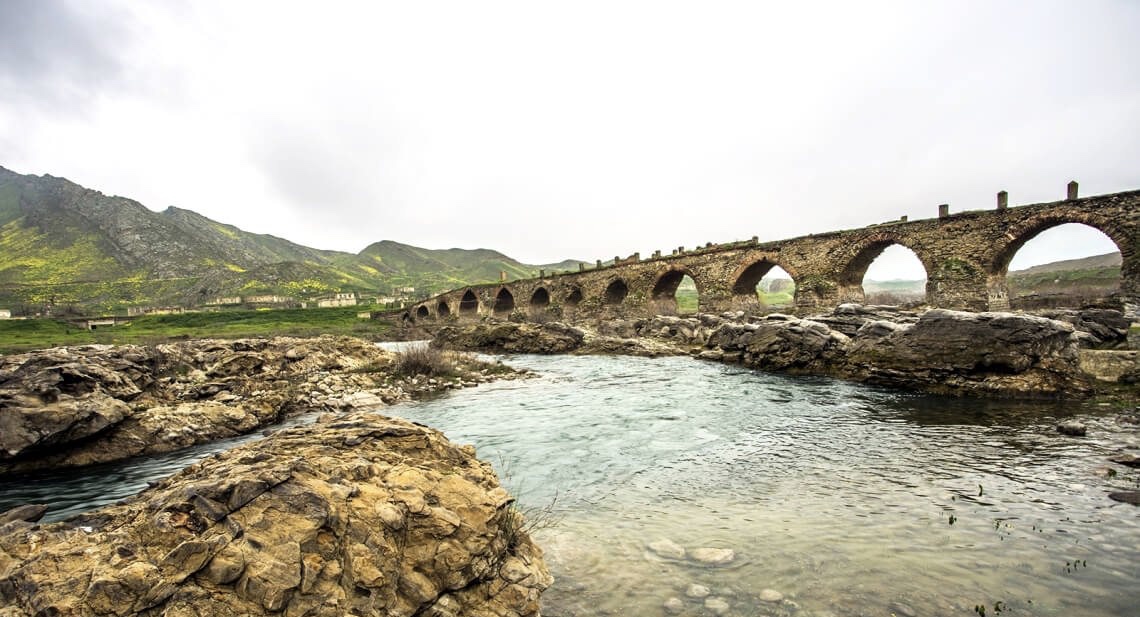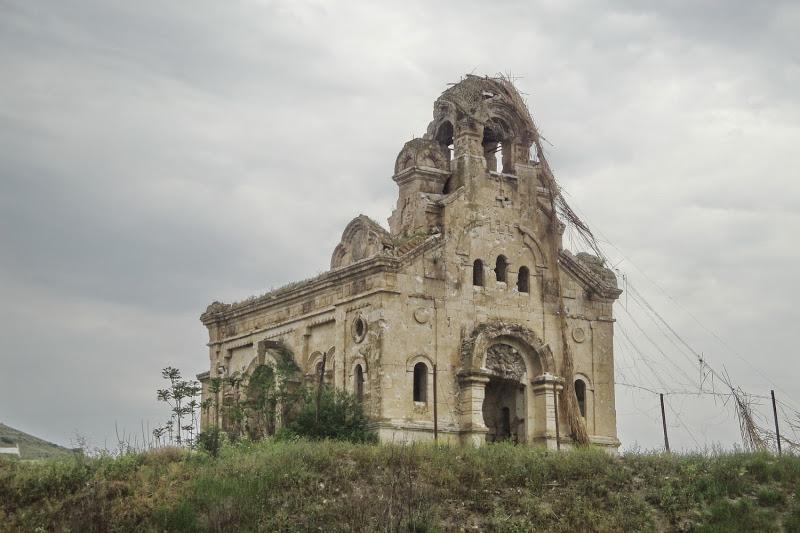






of







of







of





















The House-Museum of Bulbul, People’s Artist of the USSR, existed until 1992 in Shusha, was a branch of the Baku memorial museum. The Museum consisted of a courtyard, two rooms, and a veranda. Unique and valuable documents about Bulbul’s creativity, scientific research, pedagogical and public activities were also available here. The Museum collected about 9,000 such kinds of documents. On the wall, Bulbul’s concert posters from 1925-1926 were hanging. The exposition had reflected Bulbul’s activities in Azerbaijan in the 1920s in Ganja and his active participation in the music industry in Azerbaijan during the cultural revolution. Photographs of documents about Bulbul’s activities, his performance in Baku, documents and materials about his education in Azerbaijan State Conservatoire and Italy, a large portrait of Bulbul in the Italian magazine “Arte Nostra” and articles about him, photos with friends and family were displayed on the showcase. In addition to the photos, there were manuscripts, published articles, and reports of Bulbul.
In the second room, Bulbul’s pictures with his family, friends, and colleagues were exhibited. Posters of opera performances by Bulbul, pictures of premieres and anniversary performances, lectures, collections and textbooks published by its participation and editing, originals, and photographs of official letters were shown here. The second room showcases materials that confirm the long-term creative work of Bulbul in creating a new vocal school in Azerbaijan, as well as in the study and promotion of folk music.
On the façade of the museum, there is a memorial plaque bearing a bronze portrait of Bulbul’s childhood made by the sculptor Khanlar Ahmadov.
As a result of the occupation of Shusha by the Armenian Armed Forces in 1992 more than 6 thousand museum pieces were destroyed and the transportable ones were carried to Armenia. The House-Museum of Bulbul was one of the museums that faced with Armenian vandalism. At present Bulbuls’ monument shot by the Armenian aggressors is placed in the courtyard of the National Art Museum of Azerbaijan.
Kazimov Karim Avaz oglu, been in the Armenian captivity between 1993-1996, wrote in his explanation of 474/DK, received by the State Commission on 30 June 2003, that he was made to work in pulling down of the valuable marble coverings in the mausoleum Molla Panah Vagif, gravestones of Ibrahim Khan, marbles on the floor of the mosque near the Shusha bath-house and headstones in the Shusha cemeteries. Kazimov said that Armenians settled in the museum house of Bulbul, pulled down his bust, and marred up its surface. At the same time, the bust of U.Hajibayov was pulled down, thrown to the Automobile Park, and humiliated.

Qaragol Interrepublics State Reserve was set up with the decision of the Council of Ministers dated November17, 1987. Garagol State …

The idea of establishing Aghdam Bread Museum, which is considered to be the second in the world after the Zurich …

The Khurshudbanu Natavan’s House is a historical and architectural monument of the 18th century located in the city of Shusha. …

Museum Mausoleum Complex of Molla Panah Vagif is located in Shusha, Azerbaijan. It was built in honor of Molla Panah …

The Bridge belongs to the Arran architecture school. The first written source that mentioned the 15-arched Khudafarin Bridge belongs to …

Garghabazar Caravanserai was built in 1681 at the hillside, in the center of Garghabazar village of Fuzuli district, 8 km …

Armenia’s vandalism in Nagorno-Karabakh and seven surrounding regions affected not only the historical, cultural, and religious heritage of Islam but …

Jabrayil History-Ethnography Museum has been operating since 1953. Archaeological and ethnographic materials belonging to the history of the region, textiles, …

Khudavang, or Dedeveng, Monastery Complex is located in the Vang village of Kalbajar District, on the left bank of Tartar …

“The 19th century Aghdam Juma Mosque is perhaps the only structure that has withstood the years of neglect since the …